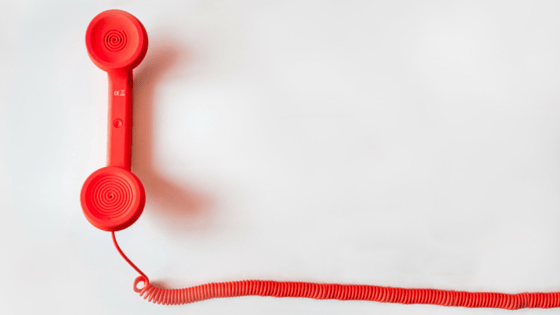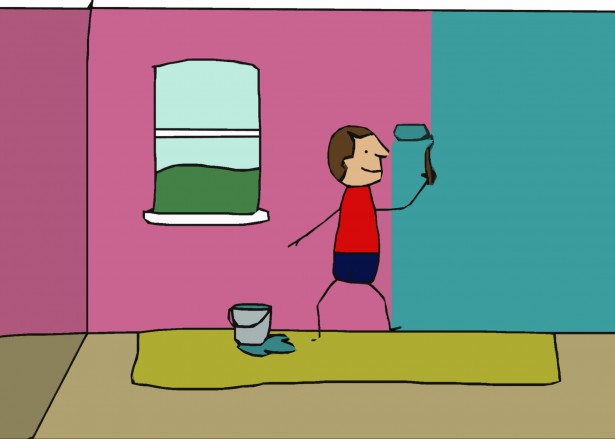Who doesn’t love the sight of beautiful flowers peeking through the windows? We all do! Now that Spring is here, it’s time to take some time during the weekend to make your backyard bloom.
Creating a Pinterest-worthy backyard doesn’t require a huge backyard or a lot of expertise. You can create a beautiful mini garden in any space with a little time and planning.
Here are some easy ways to get started.
Pick ‘Easy To Grow’ Plants
Some plants require more time and attention to grow than others. If you’re short on time and patience, we suggest that you pick some easy to grow plants to get your garden started.
The plants listed below are fairly low maintenance and make good choices for Spring planting.
Some easy to grow flowers:
- Sunflowers
- Dahlias
- Petunias
- Roses
- Clematis
- Foxglove
Some easy to grow vegetables:
- Tomatoes
- Basil
- Onions
- Bush Beans
- Chard
- Peppers
If you are a beginner and have never worked with seeds, buy some garden ready plants from your local nursery. Keep in mind that most flowers require less care and attention than vegetables.
Mosquito Repelling Plants
Nothing ruins a relaxing day lounging in the backyard quite like a swarm of mosquitoes. These pests aren’t just annoying–they carry and spread deadly diseases.
Luckily, backyard gardens can be both beautiful and functional. By choosing the right plants, you can keep mosquitoes and other invasive insects away without using harsh chemicals.
Some examples of natural mosquito repelling plants are:
- Lemon Balm
- Lavender
- Peppermint
- Geranium
- Citronella Plants
- Marigolds
Choose a Spot for Your Garden Plot
Whether choose to grow flowers or food, you want to make sure your soil is nutrient rich and well-drained. For this reason, it’s best to avoid spots in your yard where water tends to stand after a heavy rain. Standing water means the soil will be too soggy or clay-based to grow strong, health plants.
Vegetables need lots of sunlight. If you opt to start a vegetable garden, make sure it’s outside of the shaded part of your yard. Flowers are more adaptable, so if your yard doesn’t get much sun you can choose varieties that grow in full or partial shade.
Most likely, your seeds and plants will come with a manual. If you’re a beginner at gardening, make sure to read the instructions carefully. Different plants require different conditions to thrive. Some plants need plenty of sunlight to grow otherwise they may wither and die. Other flowers grow best in the shade. Keeping the right plant at the right location is very important.
Design Your Garden
Draw an outline of your garden plot and map out where you want your plants to go. Make sure you give your plants ample space to grow. Flower gardens should be designed with aesthetics in mind while vegetables need a more functional design. Vegetables need to be planted in rows that are spaced out enough to walk through once they are ready to harvest.
An experienced landscaper or garden designer can cut out a lot of the guesswork and help you make the most of your space.
Prepare the Soil
Use a soil tiller or garden rake to break up the soil in the area you’ve chosen for your garden. Loosen the soil until there are no large clumps, removing rocks and roots along the way. It’s best to work the soil to a depth of about 12 inches.
Once this is done, you can fertilize the soil and mix in some compost. Don’t add too much fertilizer, as this can actually be toxic to plants.
Know the Right Way to Water Your Plants
When you water your plants, make sure you pour the water on the roots instead of directly on the leaves. If you water the leaves too much, they might wilt and turn yellow. More garden plants die from over-watering than under-watering or poor weather conditions. Make sure you avoid this common mistake.
Prune Off Any Dead or Dying Leaves
Even if you do your best to keep your plants watered and keep insects at bay, wilted or dried out leaves will happen. It’s important to grab a pair of gardening scissors once in a while and trim away any dead or wilted leaves. This renews your plants and gives the fresh branches room to grow.
Be sure to pull or cut off the entire leaf. Leaving partial leaves behind makes it easier for diseases to reach the plant.
Don’t Be Afraid to Ask For Help
If you’re not yet confident in your green thumb, short on time, or just want to enjoy your garden without all the labor, it never hurts to hire a professional. Landscapers and Landscape Designers can help you with all the planning and maintenance, including creating a budget for your garden.
Even experienced home gardeners and DIY lovers can benefit from working with a professional. You’ll have an improved garden design, avoid common pitfalls and failures, and tap into all the best resources to make your dream garden a reality.

Become a Hubster and get a FREE Home Energy Audit!



